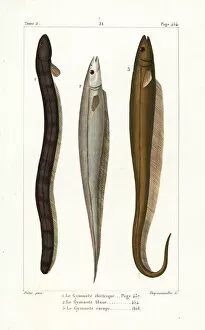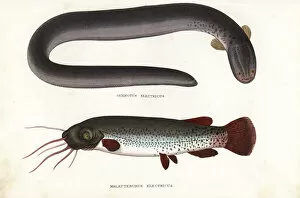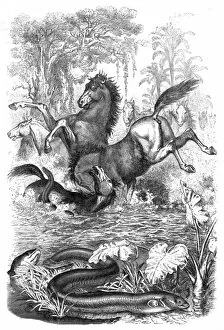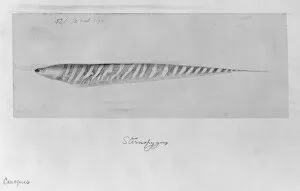Gymnotus Collection
Gymnotus, also known as the electric eel, is a fascinating creature that belongs to the family of knifefish
All Professionally Made to Order for Quick Shipping
Gymnotus, also known as the electric eel, is a fascinating creature that belongs to the family of knifefish. With its ability to generate electricity, it shares similarities with other electrifying species like the electric catfish and pearlfish. Gymnotus comes in various forms, including different varieties of eels such as the Asian swamp eel and banded knifefish. One notable member of this family is the sand knife fish or Rhamphichthys rostratus. However, when we think about electric eels, Electrophorus electricus often comes to mind due to its shocking abilities. These powerful shocks are so intense that they can even affect horses. The Gymnotus genus encompasses several species within it. Faraday himself studied these incredible creatures back in 1838 and made significant contributions to our understanding of their electrical nature. Among these species is Gymnotus carapo, commonly known as the banded knifefish. This particular type showcases distinct markings on its body which make it easily recognizable. Whether you're captivated by the astonishing power of electric eels or intrigued by Faraday's research on these mesmerizing creatures like Gymnotus carapo - one thing remains certain: gymnotus continues to amaze us with its unique characteristics and captivating presence in aquatic ecosystems.












